What is Spruce? Spruce is a widespread coniferous tree that has a distinctive conical shape and hanging cones, widely grown for timber, pulp, and Christmas trees. Part of the Picea Genus, along with 35 other species that carry 59 accepted names. Alright, see ya! Just kidding, I've got mad love for Spruce and lots more to say, hopefully, you find some of it helpful.
3 Kinds of Spruce that are well known in the guitar world are Adirondack, Englemann, and Sitka
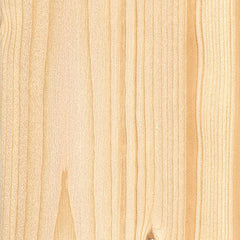
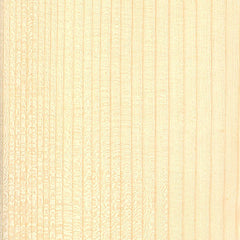

Years ago, just saying that a guitar had a Spruce or Cedar top was good enough. These days, that is anything but the case. People like to know where there Spruce came from. Was it The Adirondacks, Norway (where the original Christmas Tree came from), Japan, Serbia, China, Afghanistan, Siberia, The Rocky Mountains, The North East, The North West, my point is... (takes deep breathe) this stuff grows everywhere! I have one outside my back window, in fact, and you might too. The earliest known Spruce dates back 136 million years, with the oldest discovered living specimen in Sweden coming in at over 9,500 years old!
A dead give away to the Genus is the presence of Evergreen Needles. Narrowing it down from there is a bit tougher.
Here it is in tree form...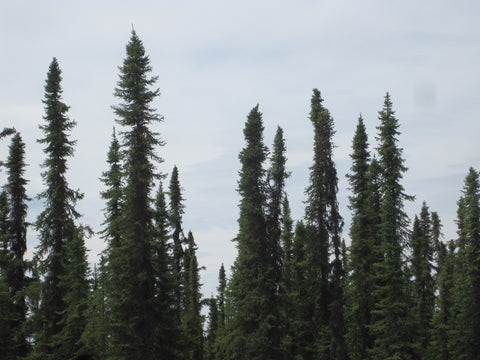
Visually: This wood is white to light yellow, with a variety of subtle Brown, Pink and Red undertones. Grain can vary from wide to tight. Figuring known as Bear Claw is available though not as common as say figured maple. Very Light Quilting, often called Silking can be present... but this is also sometimes considered evidence that the piece was nicely quarter sawn.
Janka Hardness: With a rating of 510 for Sitka Spruce, this is typically the softest wood you'll find on a guitar. Hard Maple comes in at 1450 with Rosewood at 2440. Softer Woods make more tuneful tops. Redwood at 450 and Cedar at 590 are all great top choices, neighboring Spruce on the Janka Scale.
Tone-wise: Violin's, Cello's Upright Basse's, Ukulele's, Mandolins, Guitars, and just about every other stringed instrument you can name has SOME component made of Spruce on it. However, the top is what Spruce is most known for. A good piece of Spruce is loud when you knock on it and in doing so produces more body than you'd expect from something so light. If you drop it, it bonks instead of plinks. It amplifies whatever resonance you transfer into it which is EXACTLY THE POINT of an instrument top. Denser, heavier woods are harder to get to resonate. Some woods swallow, others project. Spruce projects. This wood is perfect for instruments due to its lively expressiveness.
An Epiphone, Martin Custom Shop, and Heritage all with Spruce Tops.
Why for guitars? Glad you asked! Partly for the same reason the Wright Brothers chose it. The stuff is strong! An acoustic guitar top is very thin and has well over 100 lbs of pressure on it when tuned to pitch with a set of 12-52 strings on it. The top needs to be very strong but resonant which typically means a little less dense. Finding that ratio of hardness/stiffness/tunefulness is a trick and the Great Builder's out there like Martin, Taylor, Gibson, McPherson, and dozens of others have mastered.

The Wright Brothers were hip to the impressive strength to weight ratio of spruce!
Personal Experience: I recently cut an (Englemann) Spruce Soundboard with a Jeweler's Saw and it was as if I was playing the violin! This wood sings even when doing un-musical stuff to it! I cut a piece of Ziricote immediately after and there was NO singing quality to it at all. Density and Hardness are good for certain things and detrimental to others! I also have built 3 electric guitars from solid Spruce bodies and they are (IMHO) superior to Ash, Alder, Mahogany, and Maple while offering most of the benefits of all of them. I am planning on trying out these different backplates on a hollow telecaster and am curious whether or not it will have any impact whatsoever on the tone. Guess what the back of this hollow T is made from? SPRUCE!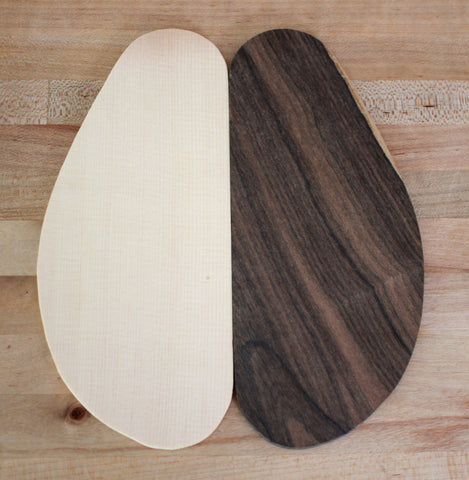
The aforementioned Spruce and Ziricote cover plates.
Wrapping up, Spruce is mostly used for the Tops and Braces on any and all stringed instruments. It's a wood that grows all over the world, though some species are more sought after for varying levels of stiffness. Some species are far rarer than others and command premium prices. Some are practically impossible to get. It's a softwood when compared to the other species used for other parts of guitars and is probably the most musical wood on the planet when it comes to stringed instruments. If you have an acoustic, semi-hollow, or hollow body, chances are you already have some Spruce!
This edition of the Glossary of Guitar Terms was penned by Mathew Jenkins.

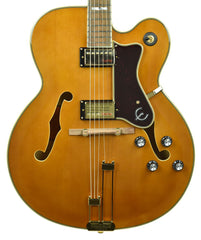
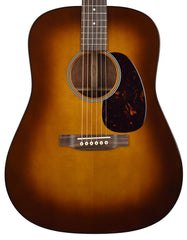
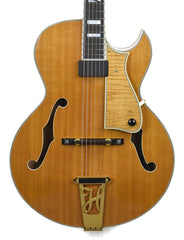
i started playing in 1976 (twisted hands that were stuck half open) the beatles saved my hands lol..anyway after a life time,and being into home recording i bought a quilted maple taylor guitar,,the sound is ideal for recording (Other guitars had too much boom to eq out) Mr Taylor,gave his company to his workers in 2019 how humble is that
I just bought a new acoustic guitar with spruce top and it has wide grain ,it is a beautiful guitar.
I just bought a new acoustic guitar with spruce top and it has wide grain ,it is a beautiful guitar.